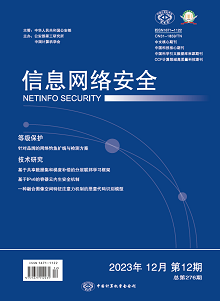Blockchain technology has broad application prospects, and has been widely deployed in the financial industry, supply chain, and digital assets. However, in practical applications, since the blockchain data is public, private information may be leaked in some cases, and there are still some challenges in privacy protection in the blockchain. In an organization-based blockchain system, in order to meet the cooperation within or between organizations, it is necessary to control access to transaction content while protecting privacy to achieve controllable privacy protection. While protecting user privacy, blockchain also needs to be supervised to protect the legality and security of data. Therefore, this paper proposed a controllable and supervised privacy protection scheme for blockchain multi-organization transactions based on attribute encryption. The scheme did not rely on a specific privacy protection method, and used attribute-based encryption to control access to privacy protection trapdoors, which could be used as an independent module. This scheme allowed trading organizations to control the scope of privacy protection on their own, and the supervisory department could assign different supervisors according to different trading organizations. Experimental analysis shows that the scheme realizes the controllable privacy protection and multi-regulator hierarchical supervision of multi-organization transactions in the blockchain, and has high security and high performance at the same time.

